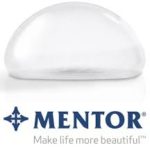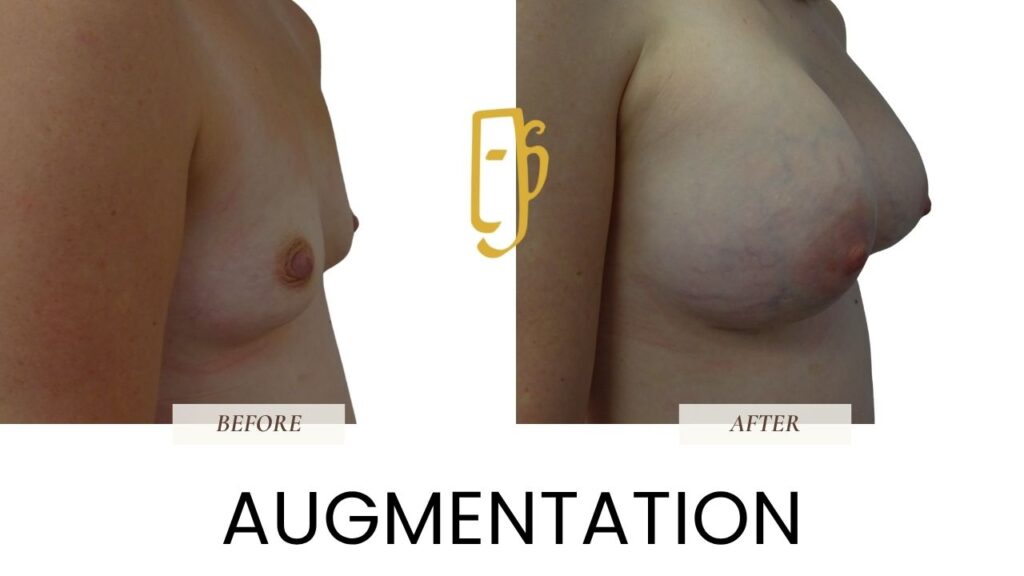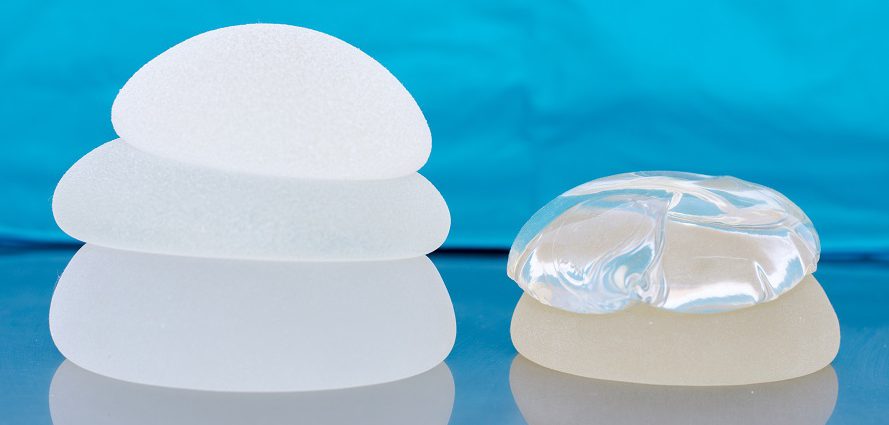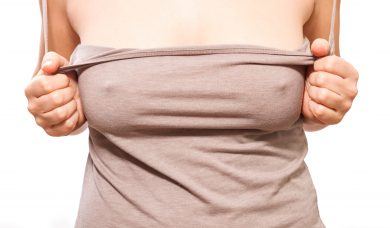
Quick
Jump
Menu
breast augmentation
Quick Summary
Breast Augmentation with Natural, Beautiful Results by Dr. Ali Soueid
Enhance your confidence and achieve the shape you’ve always wanted with expert breast augmentation by Dr. Ali Soueid — one of the region’s leading plastic surgeons, trusted by patients in London, Doha, Dubai, and Beirut.
Whether you’re looking to restore volume after pregnancy, improve balance in your figure, or refine previous surgery, Dr. Soueid offers bespoke solutions using the latest techniques in breast implants and fat transfer. Every procedure is guided by an eye for natural proportions and your unique goals.
Your journey is private, safe, and fully personalised — from first consultation to final results.
Board Certified
Dr Ali Soueid is a UK Certified & Trained Plastic Surgeon
Our Standards
We only use the best Implants on the market
Our Outcomes
We use evidence based practices to improve outcomes.
What is Breast Augmentation
Breast augmentation is a surgical procedure designed to enhance the size, shape, and symmetry of the breasts. It is most commonly performed using silicone or saline implants, or through fat transfer using the patient’s own body fat. This procedure is one of the most requested aesthetic surgeries worldwide and can be tailored to suit each patient’s unique body and aesthetic goals.
Women may choose breast augmentation to:
Restore lost volume after pregnancy or weight loss
Create better balance in their figure
Correct asymmetry
Enhance self-confidence and femininity
Dr. Ali Soueid takes a highly personalised approach to breast augmentation, offering the latest techniques with a focus on natural-looking, harmonious results. Every procedure is carefully planned using 3D imaging, detailed measurements, and one-on-one consultations to ensure results align with your vision.
Whether you’re considering implants or a more natural enhancement through fat grafting, breast augmentation with Dr. Soueid offers a refined, safe, and empowering experience.
types of
Breast Augmentation
Implant Based
Fat Transfer
Women Seeking to Restore Lost Volume
If you've experienced a loss of breast volume after pregnancy, weight loss, or ageing, breast augmentation can help restore fullness and shape. This is especially common in women who feel their breasts look deflated or less youthful and want a natural enhancement that complements their body.
Women Looking to Improve Balance & Symmetry
Many women naturally have breasts that are uneven in size or shape. Breast augmentation can create a more balanced and proportionate silhouette by correcting asymmetry and enhancing body harmony. It’s also ideal for women who feel their breasts are out of proportion with their hips or frame.
Women Ready to Enhance Confidence & Contour
Whether you’ve always desired fuller breasts or simply want to feel more confident in clothes and swimwear, breast augmentation can provide a lasting boost in self-esteem. Good candidates are in overall good health, have realistic expectations, and are seeking a personal, confidence-boosting transformation.
Who is a good candidate?
Before undergoing a Breast Augmentation, a thorough consultation is carried out. Here’s what we evaluate:
Breast Shape & Composition
Breast Skin Quality
Medical History
Lifestyle Factors
Expectations
What are the
Benefits of Breast Augmentation
Enhanced Shape, Volume, and Body Proportion
Breast augmentation helps create fuller, more shapely breasts while improving balance between the upper and lower body. Whether restoring volume lost from pregnancy or enhancing naturally small breasts, it creates a more proportionate and feminine silhouette tailored to your frame.
Boosted Confidence and Personal Satisfaction
Patients often report increased self-esteem, body confidence, and comfort in clothing and swimwear following breast augmentation. By achieving the look you've always wanted, the procedure supports a more positive self-image and emotional wellbeing in both social and personal settings.
Customised, Long-Lasting Results with Natural Feel
Dr. Ali Soueid uses the latest techniques and premium materials to deliver natural-looking, long-lasting outcomes. Whether choosing implants or fat transfer, each procedure is customised for your lifestyle, goals, and anatomy — ensuring results that look and feel like your own.
Steps Towards Achieving Your Goals
In Three Easy Steps
Private Consultation
In your initial consultation, Dr. Soueid will take the time to understand your goals, lifestyle, and medical history. You’ll discuss implant types, fat transfer options, sizing, and surgical techniques. Digital imaging may be used to help visualise your potential results.
Personalised Surgical Plan
Once you’ve chosen your preferred approach, a customised surgical plan will be created. This includes the implant size and profile, incision placement, and whether fat grafting will be added for enhanced contour or softness.
Surgery Day & Recovery
On the day of your surgery, you’ll be in expert hands in one of our fully accredited surgical centres. After your procedure, you’ll receive detailed post-operative care instructions and support throughout your recovery. Most patients return to light activity within a few days and resume normal routines in 2–4 weeks.
Preparation & Aftercare
Follow these instruction to prepare for your procedure and to have a smooth post-operative recovery.
Pre-Op
To ensure the best results, you’ll be given tailored preparation guidance during your consultation. In general, you may be asked to complete basic medical tests, stop smoking, and avoid certain medications that increase bleeding risk. Preparing your home with loose clothing and post-op support garments will help ease your recovery. Your procedure will be scheduled at one of Dr. Soueid’s trusted surgical centres in London, Doha, Dubai, or Beirut.
What to Avoid
In the week before surgery, avoid blood-thinning medications like aspirin, ibuprofen, or herbal supplements unless advised otherwise. Refrain from alcohol, smoking, or intense physical activity, as these can slow healing and increase surgical risk. Avoid applying lotions or deodorant on your chest on the day of surgery, and do not eat or drink for several hours beforehand as directed.
Post-Op
After surgery, you’ll wear a surgical bra or compression garment to reduce swelling and support healing. Mild discomfort and tightness are normal and well-managed with prescribed pain relief. Avoid lifting heavy objects or raising your arms above shoulder level for the first week. Most patients can return to desk work in a few days, with full activity resuming within 3–6 weeks. Dr. Soueid’s team will monitor your progress closely in all clinic locations.
What to expect
During Your Breast Augmentation Procedure
On the day of your breast augmentation, you’ll be welcomed into a fully accredited surgical facility in London, Doha, Dubai, or Beirut, where your safety and comfort are the top priority. The procedure is typically performed under general anaesthesia and takes 60 to 90 minutes, depending on the technique and whether implants or fat transfer is used.
Once anaesthesia is administered, Dr. Ali Soueid will begin with carefully placed incisions — usually under the breast fold (inframammary), around the areola (periareolar), or less commonly through the armpit — based on your surgical plan. Implants are then inserted either beneath the chest muscle (submuscular) or directly behind the breast tissue (subglandular), and positioned to achieve the most natural, balanced result.
In fat transfer procedures, gentle liposuction is performed to harvest fat from areas such as the abdomen, thighs, or flanks. The purified fat is then injected strategically into the breasts to enhance volume and contour.
After surgery, you’ll be monitored in recovery before going home the same day with detailed aftercare instructions. Dr. Soueid’s team will stay in close contact with you in the days and weeks following surgery to ensure a smooth, safe recovery and optimal results.
Implants
We Use


This treatment is available IN THESE
LOCATIONS
London
Dr. Ali Soueid offers expert breast augmentation surgery in the heart of London, providing discreet, world-class care in a CQC-registered facility. Whether you’re seeking volume restoration or a more defined silhouette, you’ll benefit from the latest in implants and fat transfer. Patients appreciate the personalised consultations and rapid recovery support close to home.
Doha
In Doha, Dr. Soueid provides safe, elegant breast augmentation procedures tailored to cultural sensitivities and individual goals. Patients in Qatar can expect professional care in accredited medical centres, with strict privacy, modesty, and comfort standards upheld throughout. Whether you’re interested in breast implants or natural fat transfer, Dr. Soueid delivers results that are refined, harmonious, and confidence-boosting.
Dubai
Dr. Ali Soueid’s Dubai clinic caters to patients from across the UAE and the region seeking high-end breast surgery. Known for his ability to deliver natural-looking, sculpted results, Dr. Soueid uses only premium implants and advanced techniques. Dubai patients benefit from personalised plans, fast-track recovery, and the reassurance of care from a consultant-level plastic surgeon with international credentials.
Beirut
Dr. Ali Soueid brings his internationally recognised expertise to Beirut, offering advanced breast augmentation procedures in a trusted setting. Whether you’re considering breast implants or fat transfer, patients in Lebanon benefit from natural-looking, elegant results tailored to their body. With a strong focus on safety, discretion, and aesthetic harmony, Dr. Soueid is a sought-after choice.
Our Values
Aesthetics You Trust
Trust
Aesthetics You Trust is our motto. We will treat you with respect always and provide you with the best care we can.
Do No Harm
The first rule of medical ethics is to never knowingly do something to a patient that could harm them.
Evidence Based
We only offer treatments that are backed by evidence and based on our experience. We do not follow trends.
Be Your Best
We continuously educate ourselves, attend conferences and courses to stay up to date and use the best products.
FAQ
What is breast augmentation?
Breast augmentation is a surgical procedure that enhances the size and shape of the breasts using implants or fat transfer to achieve a more balanced, fuller contour.
Is fat transfer breast augmentation safe?
Yes, fat transfer is safe when performed by an experienced surgeon. It uses your own purified fat for a natural, modest enhancement, with added body contouring benefits.
How do I choose the right size or shape?
During your consultation, Dr. Soueid uses precise measurements, sizing kits, and in-depth discussion to help you choose the ideal size and shape for your frame and aesthetic preferences.
What is the recovery time for breast augmentation?
Most patients return to light activities within 3–7 days. Full recovery, including exercise and lifting, is typically allowed after 4–6 weeks, depending on healing progress.
Will my results look natural?
Absolutely. Dr. Soueid specialises in natural-looking results that enhance your shape without appearing overdone. Implant placement, size, and technique are customised for harmony.
Is breast augmentation right for me if I live in London, Doha, Dubai, or Beirut?
Yes — Dr. Soueid offers expert consultations and follow-up care in each of these cities, providing safe, high-end results with full local support before and after your procedure.
Can I have a mammogram after a breast implant or augmentation?
It is possible to have mammograms and ultrasounds after breast augmentation surgery. You should tell the radiographer that you had breast surgery as different views are needed and it will help with the interpretation of the scans.
Can breast augmentation be combined with a breast lift?
Yes. If you have sagging or stretched skin, Dr. Soueid may recommend combining augmentation with a breast lift (mastopexy) for improved shape, volume, and youthful position.
What are the risks or complications of breast augmentation?
While rare, potential risks include infection, bleeding, capsular contracture, or implant rupture. Dr. Soueid takes every precaution to minimise risks and ensure your safety.
Do implants feel natural to the touch?
High-quality silicone implants feel soft and natural, especially when placed under the muscle. Fat transfer offers the most natural texture, as it uses your own tissue.
What types of implants are available?
Dr. Soueid offers silicone implants, available in round or teardrop (anatomical) shapes. He will guide you in selecting the type that best suits your goals and body.
How long do breast implants last?
Modern implants are durable and long-lasting, often lasting 10–15 years or longer. Regular check-ups are recommended, and replacements are only needed if complications arise.
Is the procedure painful?
Some tightness or soreness is expected in the first few days, but discomfort is well-managed with prescribed pain relief. Most patients describe the recovery as very manageable.
Will I have visible scars?
Dr. Soueid uses discreet incision techniques placed under the breast fold. Scars typically fade significantly over time and are often barely noticeable.
Can I breastfeed after breast augmentation?
In most cases, yes. Many women retain the ability to breastfeed, especially when implants are placed beneath the muscle. This will be discussed in detail during your consultation.
Is breast augmentation suitable after pregnancy or breastfeeding?
Yes. Many women choose breast augmentation to restore volume and shape after pregnancy or breastfeeding. Dr. Soueid may also recommend a lift if there is excess skin or sagging.
Can I choose a non-surgical alternative to breast augmentation?
Non-surgical methods cannot replicate the volume increase of surgery. However, subtle improvement in shape may be achieved with fat transfer or skin-tightening treatments in select cases.
What happens if I gain or lose weight after surgery?
Significant weight fluctuations can affect the appearance of your results. Maintaining a stable, healthy weight helps preserve the contour and symmetry of your breasts long term.
Will I need to replace my implants in the future?
Implants do not expire but may eventually need replacement due to ageing, lifestyle, or personal preference. Regular check-ups and imaging can monitor their condition over time.
How soon can I travel after breast augmentation?
Most patients can travel short distances within a few days and fly after 7–10 days, depending on healing. If you’re travelling for surgery, plan to stay near the clinic for follow-up.




